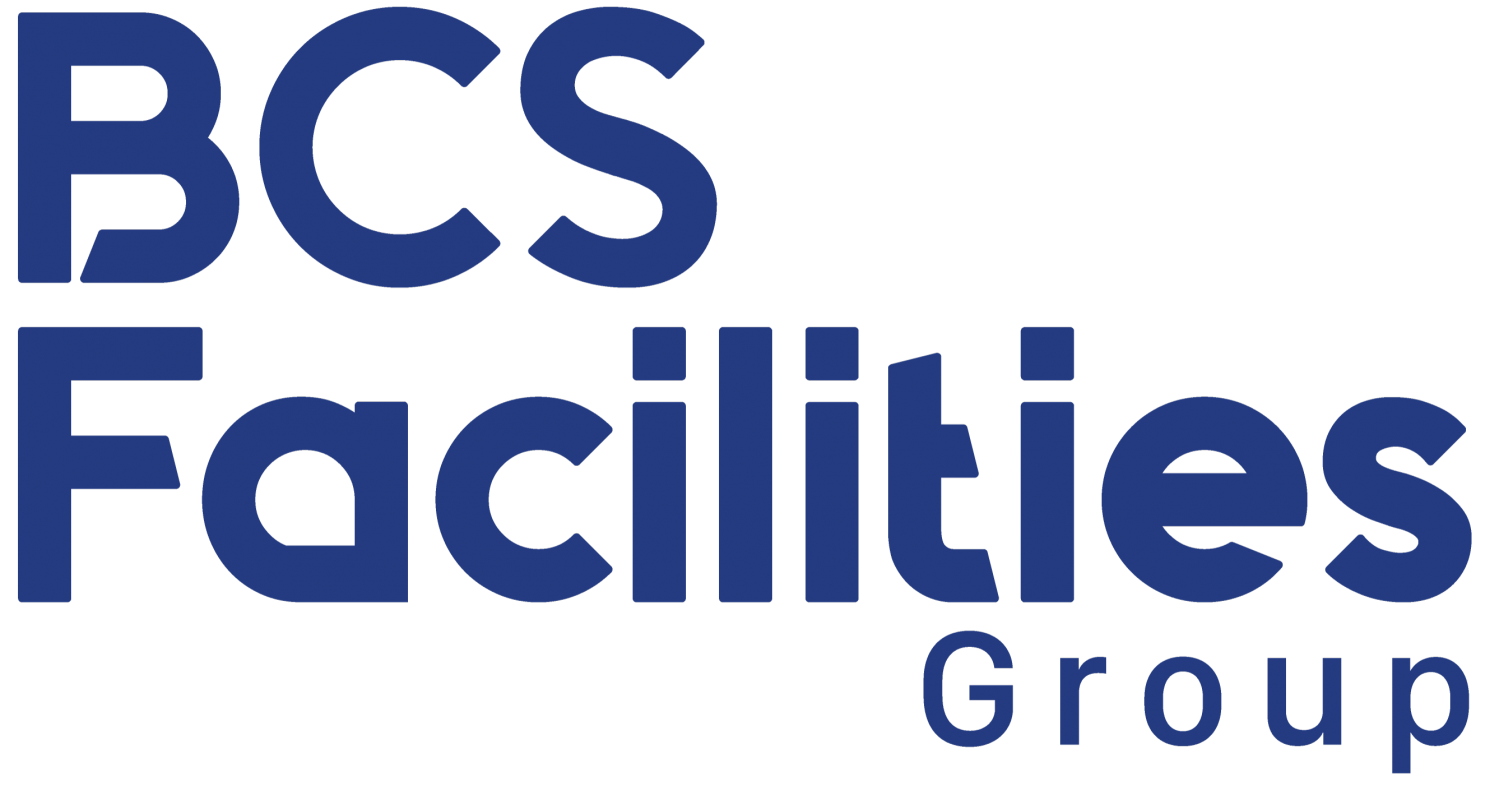
Over the last 17+ months, our lives have been overtaken by this pandemic with safety and hygiene being the main concern for all of us. The nature of this virus plus ways to combat it have become very crucial, and with constant research it has been implanted into our daily work routines. Businesses around the globe now more than ever face what it means to be “clean” and has become one of the top priorities.
For the vast majority, “disinfecting” and “sanitizing” have always seemed interchangeable, but are very important to delineate. Looking at these two as cleaning strategies can be wildly consequential for the safety and well-being of your employees and customers if you are unaware of the similarities and differences amongst them. Below, we will take a look at what is sanitizing and what is disinfecting along with when to use one or the other.
Sanitizing
What is sanitizing? Sanitizing is the removal of germs from surfaces, and most times the safe levels of sanitation are determined by public health authorities. It essentially refers to reducing the number of germs rather than actually killing them all, and clears surfaces of visible contaminants as well as reducing the number of bacteria.
Cleaners need to be EPA-certified in order to carry the label of “sanitizer” or “disinfectant” by law. Yes, some can be qualified as both in certain cases. Sanitizers are defined by the EPA as being able to kill 99.9 percent of germs. However, this does NOT include most viruses, mold or fungi.
When to Sanitize
Sanitizers are very popular in the food industry mainly because of the fact that they are safer when we are in contact with them. Disinfectants are very powerful where it can cause serious harm to us if we come into bodily contact with them or ingesting any of its residue. An important consideration when cleaning countertops that will be used for food preparation is safe cleansers. It is very critical to follow use instructions on these food contact sanitizers for safety purposes. Always allow for the products to dry completely before using these surfaces.
Disinfecting
What is disinfecting then? Disinfecting refers to the killing of germs on surfaces. It lowers the risk of the spreading of infection by eliminating viruses, bacteria, mold and fungi through the usage of much stronger and more thorough chemicals.
Disinfectants do NOT kill all germs. Disinfectants kill 99.9 percent of microorganisms as defined by the EPA in which are labeled on the product that are actually targeted. One major difference between the two methods of cleaning is that disinfecting does not refer to the actual removal of any visible contaminants from surfaces.
When to Disinfect
Since these cleansers are the more powerful, disinfectants are used best in areas that are high-touch or used by a known sick person. Disinfectants should be used periodically in areas with constant contact and by many people. A common area where this is specifically important and prone to such contamination are bathrooms. Other common high touchpoints include: doorknobs/door handles, sinks, toilets, light switches, desks/tabletops, keyboards, phones. Now, with this there are many CDC guidelines with disinfecting in commercial facilities to follow for the most optimal safety.
In conclusion, using disinfectants are the most effective way to eliminate the spreading of pathogens such as Covid-19. While these products can eliminate such hazards, they can be highly hazardous to our body and health in general if overly exposed. Save this for high-touch or areas with heavy contamination that have potentially been exposed to infectious diseases. Sanitizers are a good go-to for everyday germ removal and good for cleaning spills and contaminated areas in mainly healthy workplaces.
